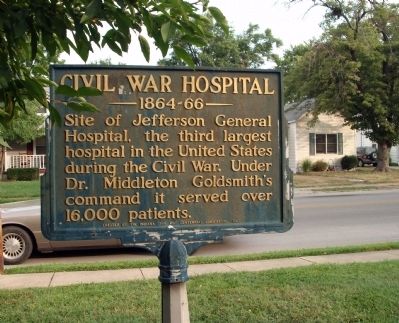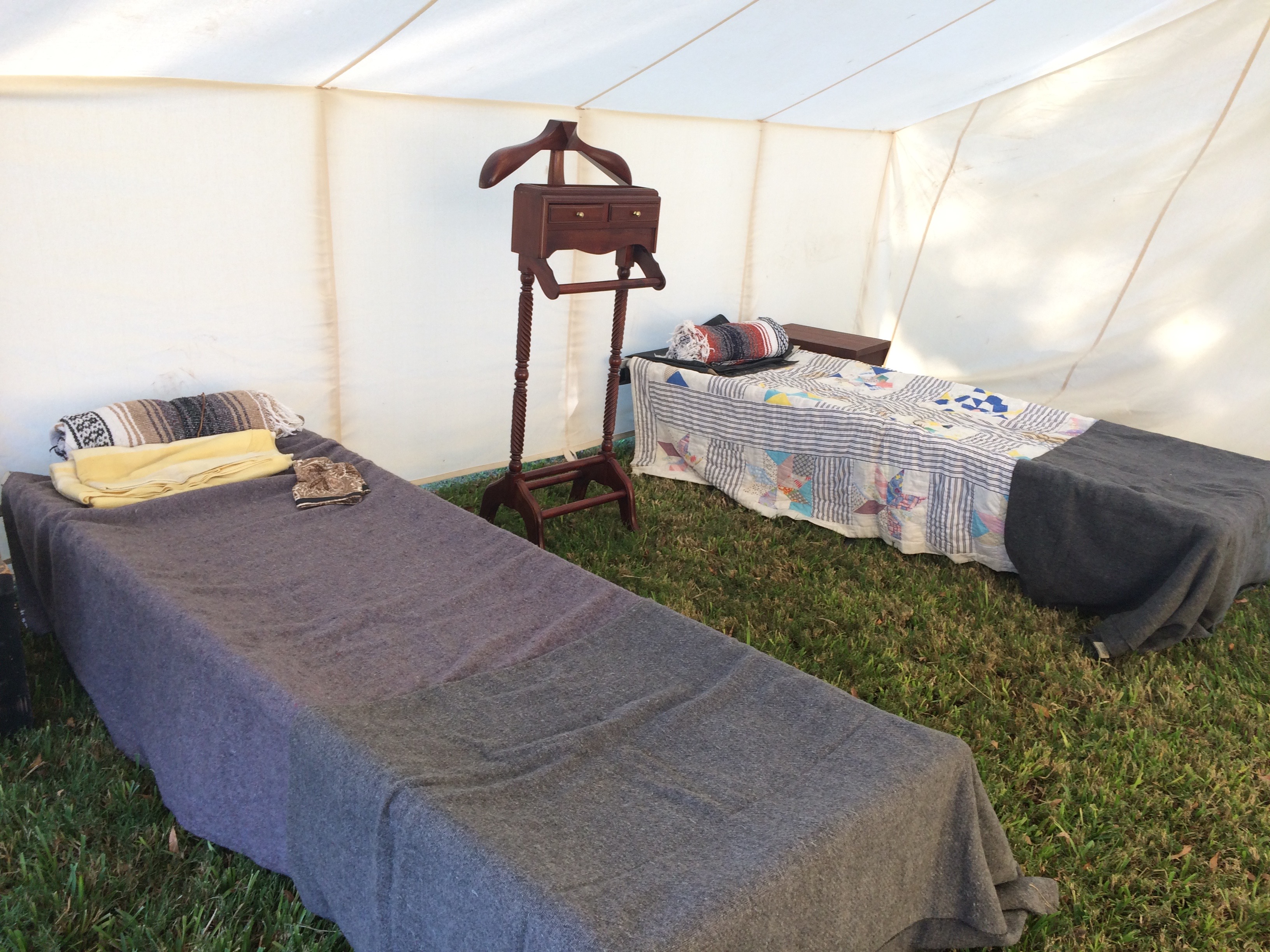

Our residency program has an ultrasound division with multiple ultrasound fellowship-trained faculty dedicated to resident education.Ultrasound is routinely used in the care of both medical and trauma patients with a wide range of acuity as it has been shown to improve safety, quality and efficiency. We have enough machines and probes to ensure ultrasound is always available for our patients. Point-of-care ultrasound is integrated into clinical care in all of our emergency departments.Faculty physicians serve as medical direction for FFL.Flight physicians gain prehospital critical care experience, field intubations, and other procedures in a unique environment dealing with the sickest patients.Second- and third-year residents may work as a crew member with a flight nurse and paramedic doing all critical care and trauma prehospital transports.Our program has an extensive history with FFL, the area's helicopter EMS provider, who operate three helicopters and have an outstanding safety record.The Department of Emergency Medicine offers a one-year accredited EMS fellowship highlighting our commitment to cutting-edge out-of-hospital care.Ī longitudinal Flight Critical Care experience is offered as an option for residents interested in training as a flight physician with the Flight For Life air-medical service.If additional EMS experience is desired, residents are welcome to use elective time in the third year to accomplish this.These medical directors are responsible for EMS policy and protocols, providing a wealth of prehospital experience for resident education. Department faculty serve as medical control for Milwaukee County EMS, Milwaukee Fire Department, SWAT, and Flight for Life (FFL).Through ambulance ride-alongs, special events, disaster drills, online medical control and EMS QI, the emergency medicine will gain knowledge of the challenges of providing care in the prehospital setting.Over the course of the three years, four subject areas are covered and learners will evolve from being an engaged learner, to active participant, to leader in the system.During July, incoming residents ride along with Milwaukee County EMS units to get a firsthand experience of that it is like to be an Emergency Medical Technician.During high volume months, additional moonlighting in the Pediatric Emergency Department may be available.Ī longitudinal rotation in Emergency Medical Services if offered to all residents in the emergency medicine residency.Second-year residents also spend two weeks in a dedicated pediatric anesthesia rotation to become comfortable intubating our smallest patients.Second- and third-year residents work several shifts every month in the Pediatric Emergency Department providing the opportunity to see the seasonal variety of childhood illness.First-year residents do one month in the pediatric ICU and one dedicated month in the Pediatric Emergency Department.These physicians actively involve residents in the care of the sickest children.


We can proudly say we are training at one of the top-ranked Pediatric Emergency Departments in the United States - Children's Wisconsin - located right next door to Froedtert Hospital.


 0 kommentar(er)
0 kommentar(er)
